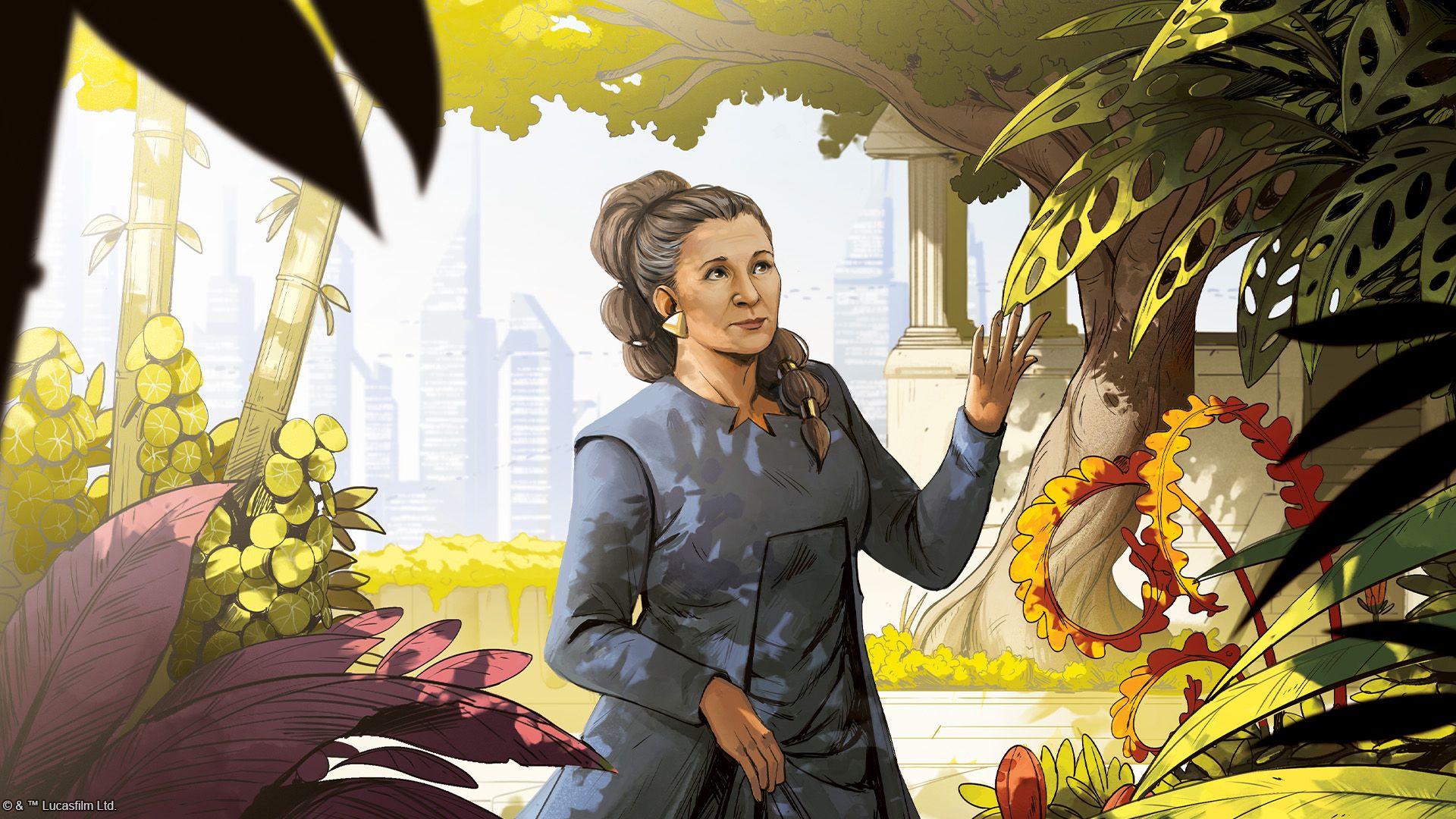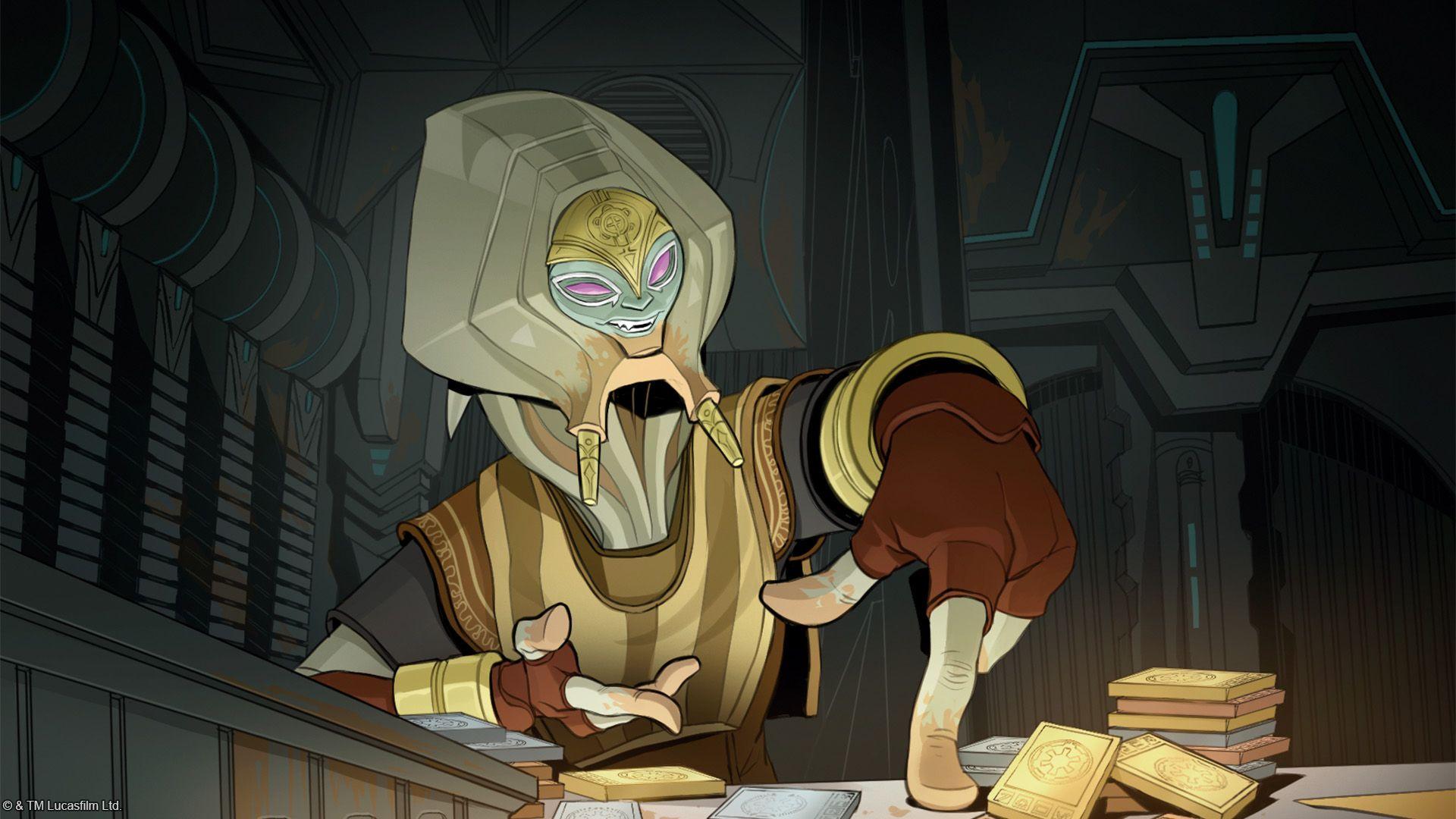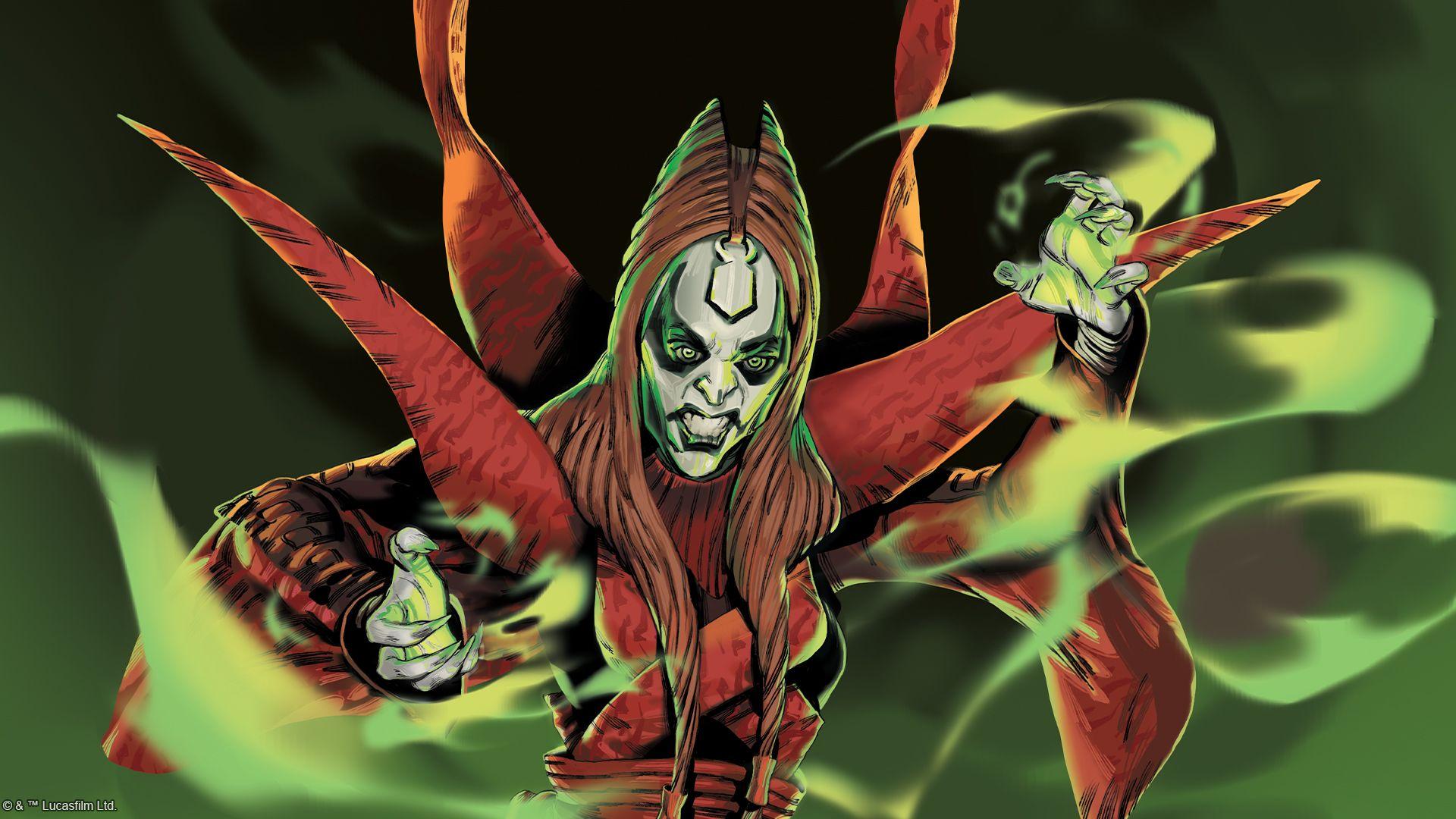Behind Unlimited: Designing Legends of the Force
July 17, 2025 | Written by Tyler Parrott
When we completed the design and development of Spark of Rebellion, the three of us who designed the set (Danny Schaefer, Tyler Parrott, and Jeremy Zwirn) immediately agreed that we eventually needed to make a set all about the Force. By then, we had already experimented with multiple implementations of representing the Force in Star Wars™:Unlimited. We knew that, while Spark of Rebellion wasn’t the correct time or place for those mechanics, there was something really exciting there, and fans would be eager to get to play with some of the most iconic elements of the franchise. There was never a question as to whether or not our fifth set would be built around the Force.
But what we weren’t expecting was that there was still quite a lot of discovery and design to go. So, when Aaron Haltom, Joe O’Neil, and John Leo picked up the reins a year later, the skeleton of Legends of the Force looked a lot different from what it is today.
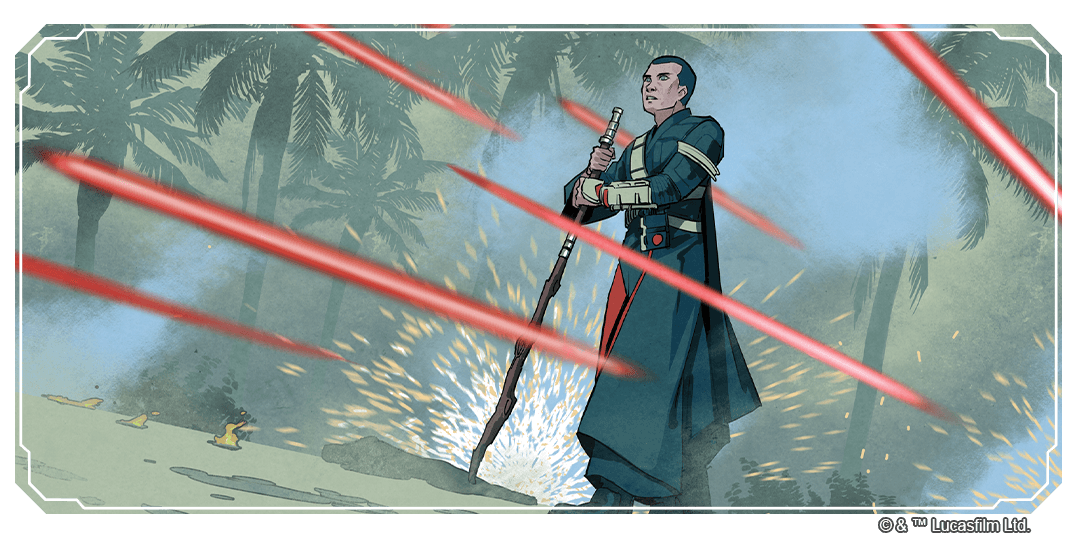
How Does the Force Mechanic Work?
The design process of Legends of the Force began where our original exploration into representing the Force ended after Spark of Rebellion. During the first set’s design, there was a strong desire among the team that the Force be an integral part of the game mechanics, because, to many, the Force is an integral part of the StarWars experience. We had already seen the Force represented in compelling ways in previous games, whether through the Force struggle in Star Wars:The Card Game, the Force track in Star Wars: The Deckbuilding Game, or the Force resource of the Star Wars Customizable Card Game. What was going to be Star Wars: Unlimited’s take on the Force?
One of the elements that felt crucial to the Force mechanic was a sense of ebb and flow between the players. In many previous games, the Force was an axis that players contested to advance their victory condition, creating a tug-of-war experience where the Force aligned with one player at a time. This experiential narrative was especially strong in games that forced a Light vs Dark (or Hero vs Villain) game theme—the Force is often strong with the Light or Dark Side at any given time, never both. And it had an extremely compelling hook: it meant card abilities could use the phrase, “while the Force is with you,” an iconic reference for Star Wars fans that helped put players into the unique narrative their game was creating. As we looked for ways to incorporate the Force into the game’s core mechanics, and as we wanted it to be an ebb and flow experience between the players, we naturally landed on the thing that our game system already had: the initiative token.
For much of Spark of Rebellion’s design testing, the initiative token was called the Force token, and the phrase “while you have the initiative” was instead “while the Force is with you.” It produced a lot of exciting game states, made our Force units read as exciting and mysterious, and it amplified one of the system’s most strategically compelling mechanics. Because of the theme of the first set, the Force payoffs were mostly in Vigilance and Aggression, but we understood that future sets would expand the Force to the other two aspects.
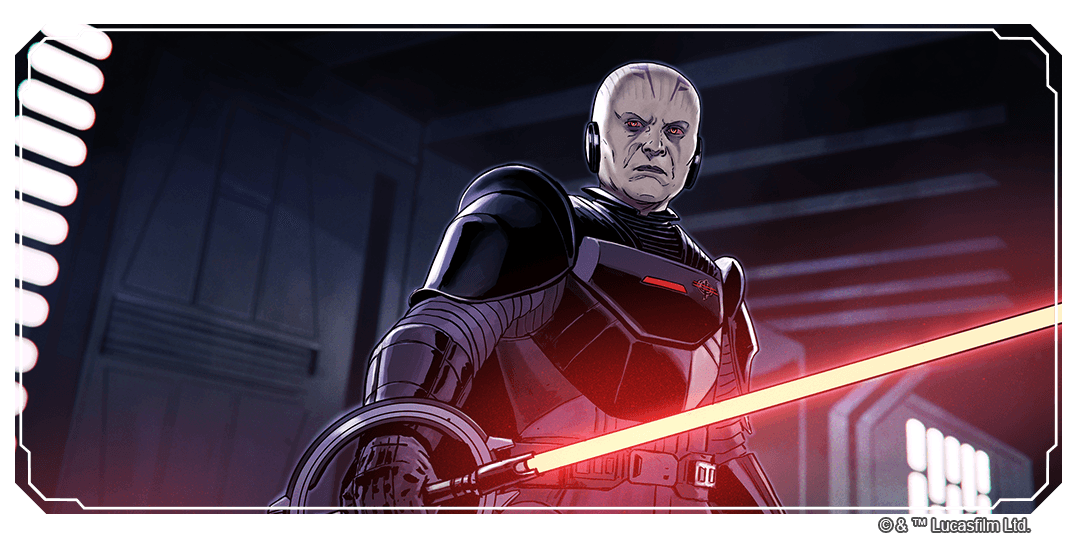
While the abilities were very compelling to read, however, they proved a bit less compelling to play. As you can imagine, players like their cards being strong, especially when those cards represent the likes of Mace Windu and Darth Vader. When someone played a Force-themed deck, they would lose access to their abilities half of the time, and it just felt bad. Additionally, it was putting a lot of design strain on the Force-themed cards in the set to push the initiative mechanic, resulting in more “initiative matters” cards than we wanted in the card pool.
While we were struggling with the Force/initiative mechanic, we considered other options. One option was a secondary resource system overlaid on top of the game’s normal mechanics, so you could track how powerful your Force abilities would be. Another option was a “wielding” mechanic that made your Force abilities stronger if you had a Force unit to empower them. Another option was a tug-of-war style mechanic that was more dependent upon which Force units each player controlled (rather than the initiative). None of them were unanimous successes, and a lot of them added additional rules systems into a game we were trying to keep very simple.
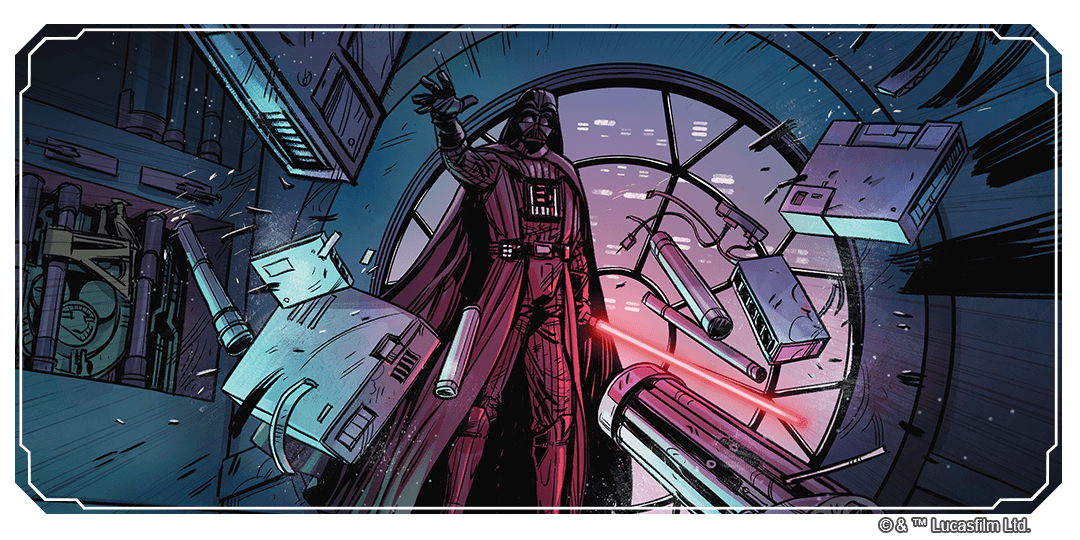
Ultimately, this pillar of simplicity led us to ask a more foundational question of ourselves: is the Force as a mechanic actually integral to a Star Wars game? It’s certainly the most popular element of the franchise, since most protagonists are Jedi and most antagonists are Sith (or at least Force users wielding lightsabers), but there are plenty of Star Wars media without it. Was Solo: A Star Wars Story any less “Star Wars” because it lacked the Force? If a player wanted to play with the non-Force elements of the franchise (such as the military civil wars, or the smugglers and scoundrels), would it even make sense for the Force to be a critical element of their game experience?
We concluded with simplicity. The Force was important to Star Wars, but not something that needed to be in the core game mechanics. There would be plenty of exciting and powerful Force users and Force powers that players could choose to put into their decks if they wanted to play a game that revolved around that mystical energy field. The simplest—and clearly thematic—implementation of the mechanic was a “spot” system where the Force powers were stronger if you had a Force user in play. When we would give the Force its own set, with over 200 cards available to support a single mechanic, that would be when it would have its moment in the sun.
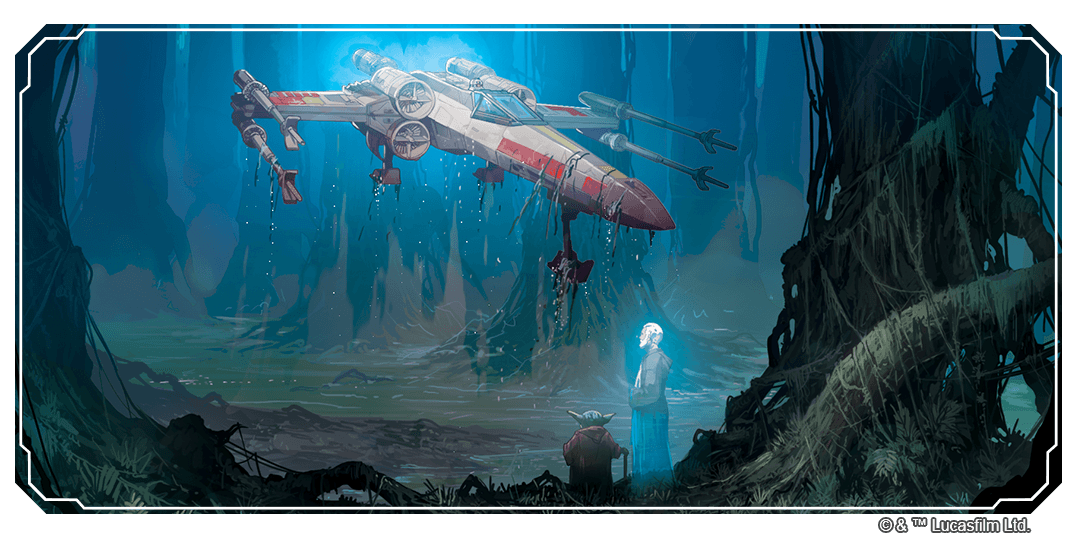
“The Force is With Me”
While it’s accurate to say there were no “sacred cows” in the design process for Legends of the Force (which is to say, we could consider anything to add to or cut from the set), the designers did start with a bias: it would be awfully nice if we could put “while the Force is with you” as rules text on cards, as we were sad to cut it from Spark of Rebellion. But when we returned to the design space over a year later, there was now a new suite of designers fresh and eager to tackle the challenge. The first person to pick up the design was Aaron Haltom, a veteran of the FFG design team with, among other games, Star Wars: Destiny under his belt. As the rest of the existing design team was focused on Jump to Lightspeed and Twin Suns design, Aaron worked with Danny to reinvestigate the design ideas that had been explored during Spark of Rebellion design.
They began where we had originally ended: with the Force as a new resource that ebbed and flowed between the players. Aaron especially had a lot of experience designing a similar mechanic in one of our previous card games, so it felt like this would be the perfect opportunity to experiment with it in Star Wars: Unlimited. However, their designs kept running into the same obstacles as before, and Star Wars: Unlimited didn’t have some of the unique advantages that allowed it to be so fun in the other game. Whenever both players in a match were engaging with the mechanic, it could be fun and dynamic, but if only one player was playing with Force units, then it was trivial for them to keep control of the Force, unbalancing the whole experience.
Rather than trying to make a back-and-forth system work in a game that wasn’t well-suited for it, Danny and Aaron quickly changed course. The most compelling element of the mechanic that they had tried was the idea that you were acquiring a secondary resource and using it to power your Force abilities. Was there a way to engage with that mechanic that didn’t rely on the opposing player?
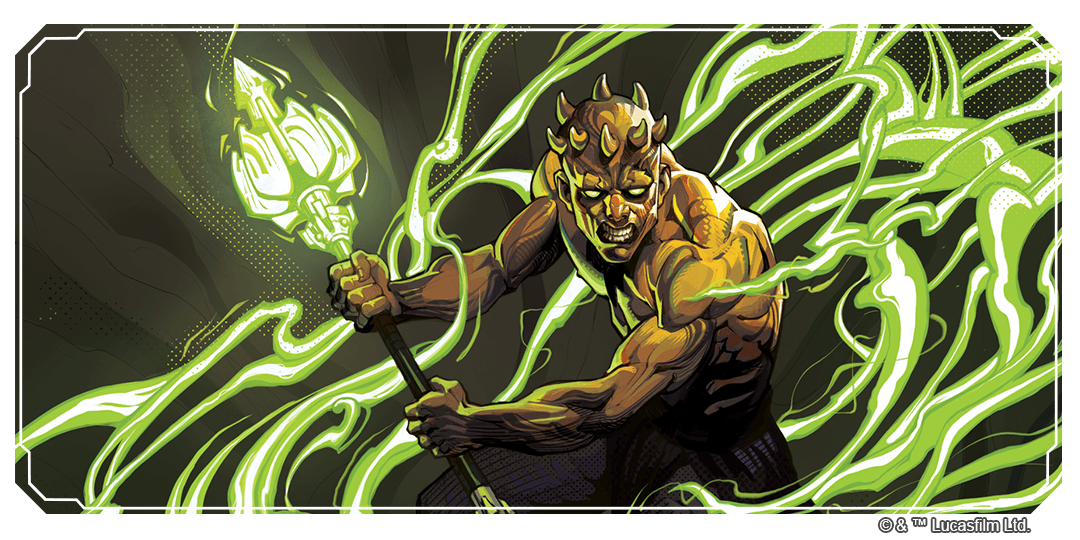
The first design for the Force mechanic was, therefore, a secondary resource mechanic. The basic concept was this: cards could generate or spend “FORCE” (indicated by a new symbol created by graphic design), which would be tracked with a new Force Tracker token. The token would enter play as soon as an ability referenced the mechanic and would automatically generate one FORCE resource for a player every time that player played a unit with the Force trait.
Representing the Force as a new resource that players could opt into was immediately satisfying for many players, especially ones who had played Star Wars games in the past. The immediate feelings were of mystery and power: the unique nature of the resource immediately made it feel magical and difficult to access, and the dramatic effects that players could spend FORCE to get meant that, the turn someone went off, the game swung dramatically in their favor. It had its issues, but the most concerning one was already solved, and the mechanic was backwards-compatible with all of the units with the Force trait we had already printed in the game.
We mocked up a Force tracking token to playtest the mechanic. It served both as a place to indicate how much FORCE a player had at any given time and also contain the triggered ability that would keep the system running as that player played more Force units. In play, it worked smoothly, but the unusual way it was implemented (the token doesn’t exist until a card referencing the mechanic got played, at which point it was permanently in the game for that player) combined with the fact that it was adding a triggered ability to a new and unfamiliar component meant that it was often difficult to track. Players were forgetting to create their Force token at the right time, and it was extremely common for players to forget to increment their FORCE total when they played a Force unit. The mechanic was playing well, but it clearly had logistical issues that we would need to solve.
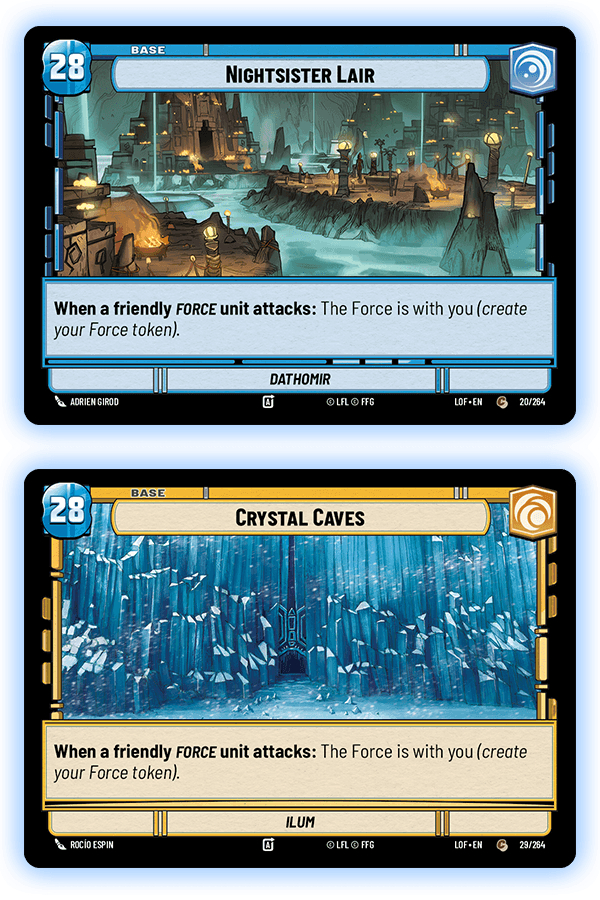
The first step towards solving those logistical issues came in an offhand discussion between myself (Tyler) and Danny about the mechanic. As we were discussing the challenges of the Force token being an external mechanic—one that we were trying to graft onto the existing Star Wars: Unlimited infrastructure—I made an offhand suggestion: “well, we could always put the trigger on the common bases for this set.” I hadn’t really considered the implications of the idea at the time, but Danny immediately identified it as the solution to our problem.
Rather than force players to learn a new game component that they would need to keep tracking, they could instead reference their base—something that players were already getting used to, since we had designed over a dozen bases with abilities at this point. And with bases beginning the game in play, there was no weirdness of “when and how does the token get introduced.” Even the balance of the mechanic could be tweaked: if the bases were required to use the new Force mechanic, then that meant there was a natural opportunity cost to including the mechanic in a deck, and we could modulate the base HP to balance the mechanic. And there was an additional exciting implication behind this design: if we modified the common bases of a given set, we could overhaul the entire draft experience to make sets more distinct from each other. What would it mean for a set’s draft format to start everyone at less HP, but with a unique cool ability? There was a new horizon to explore in the future.
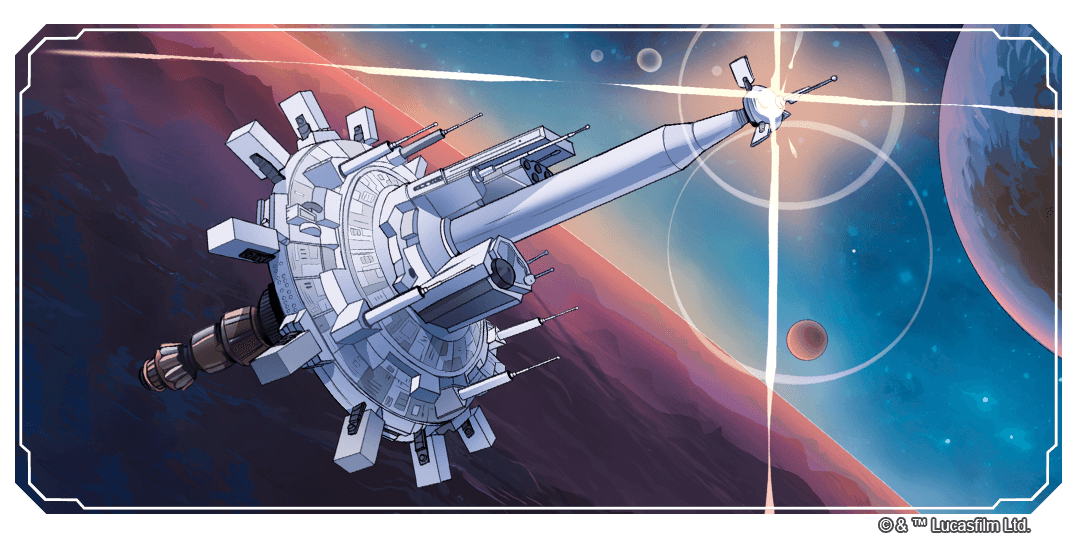
The Great Simplification
Internally, the FORCE mechanic was playing well, had a lot of interesting design space, and was generally well-liked. It still had some hurdles we were tackling; it made your cheap Force units—like Barriss Offee (Twilight of the Republic, 42)—extremely strong and important, but your expensive Force units—like Mace Windu (Spark of Rebellion, 149)—largely undesirable. However, the decks we were building were interesting to think about and fun to play. That said, while Legends of the Force was progressing alongside its counterparts (Jump to Lightspeed and Secrets of Power), we were beginning to find an unexpected issue: each of the three sets’ primary mechanics was very complicated. Piloting significantly increased the number of options available to each player during a game, and the mechanics for the other two sets required lots of minute bookkeeping that took players out of the exciting strategic game decisions. Individually, any of the mechanics might have been fine. But together, all three were exacerbating each other’s complexities, because they operated on different axes and in different ways. When even professional game designers kept missing triggers and losing track of the number of counters on their cards, we knew we had gone too far. Danny took a census of all three sets and established clearer complexity guidelines that they would all need to meet in order to fulfill the vision for the Star Wars: Unlimited game line.
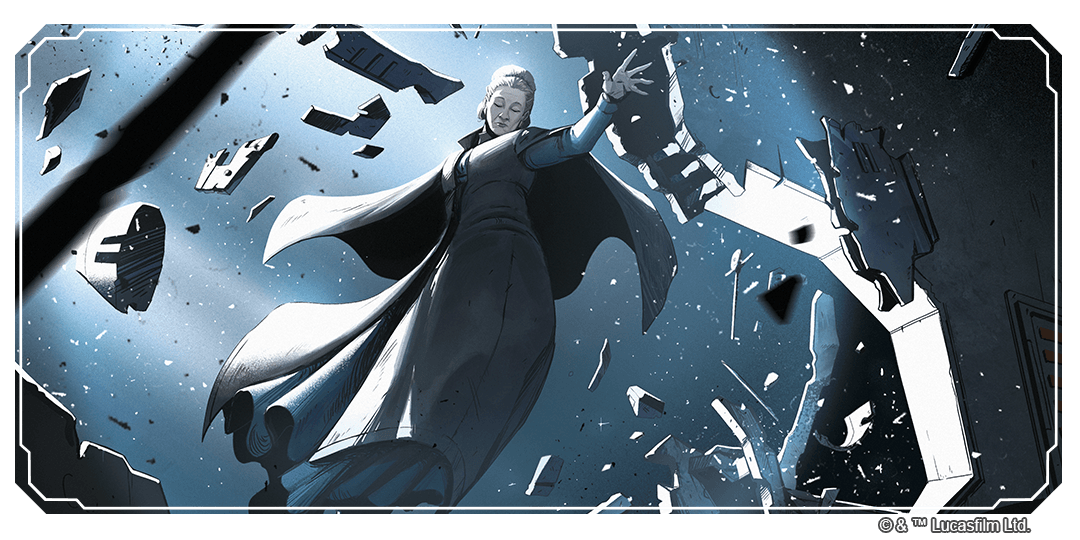
For Jump to Lightspeed, the changes needed were not to its set mechanics—those had already been established and were the most straightforward in actual gameplay—but rather to the very large quantity of ambitious and/or narrow individual card designs. Whole categories of cards got simplified so that the draft and new player experiences wouldn’t be overwhelming, and the set was refocused around the core concept of “Vehicles are cool!”
For Secrets of Power, one of its two core mechanics was reevaluated at a structural level and was deemed outside the scope of what Star Wars: Unlimited wanted to be. The whole mechanic was scrapped and a new one developed in its place. (I’ll tell that story in a few months.)
For Legends of the Force, the modularity of the FORCE mechanic was put under scrutiny. The repeated triggers to generate an incremental resource was asking a lot of players’ attention and reduced their capacity to make the more interesting strategic decisions of what to resource, how to sequence their turns, and how to direct their attacks. We needed to reduce bookkeeping without removing the heart of what the mechanic was.
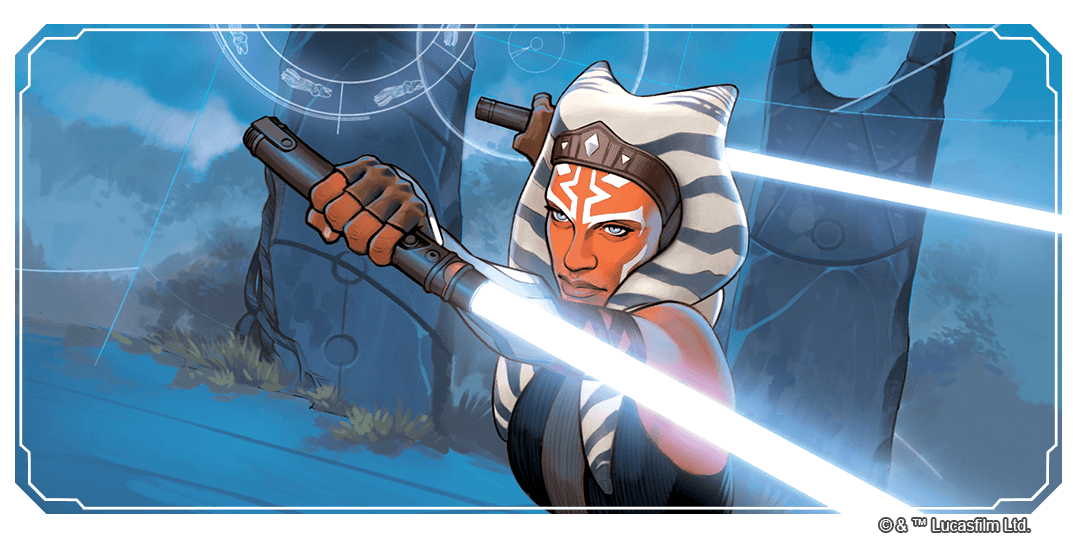
Enter a straightforward “Gordian Knot” suggestion from MJ Cutts on the Jump to Lightspeed design team: “could ‘having the Force’ be a binary state instead of a currency?” The Legends of the Force design team was dubious about how much design space would be lost by simplifying the system, but nonetheless they created some prototype decks with a simplified version of the mechanic. To their surprise, it was an instant hit among everyone who played it. “This already feels more like Star Wars: Unlimited” and “I barely have to think about bookkeeping” were feelings that were immediately voiced. Even after the first few games among the full Star Wars: Unlimited design team, the winds had shifted towards this new, more straightforward, version of the mechanic.
Something that stood out immediately was that the mechanic highlighted one of the game’s most unique strengths: the back-and-forth action system. Figuring out what sequence of actions to take, between playing cards and attacking with units, is an extremely fun tactical puzzle, and this new mechanic emphasized it in a big way. The most optimal play pattern often challenged previously held heuristics, as a player would want to use their cards in an order that would allow them to “gain à spend à gain à spend” their Force token throughout the round. More factors to consider in their decision-making allowed players to feel rewarded for their skill at the game in a more exciting and satisfying way.
And there was another huge benefit: it let the phrase “while the Force is with you” return! Considering how important it was to the original vision for the mechanic that this phrase be incorporated into rules text, putting it on the cards again felt like a huge step in the right direction.
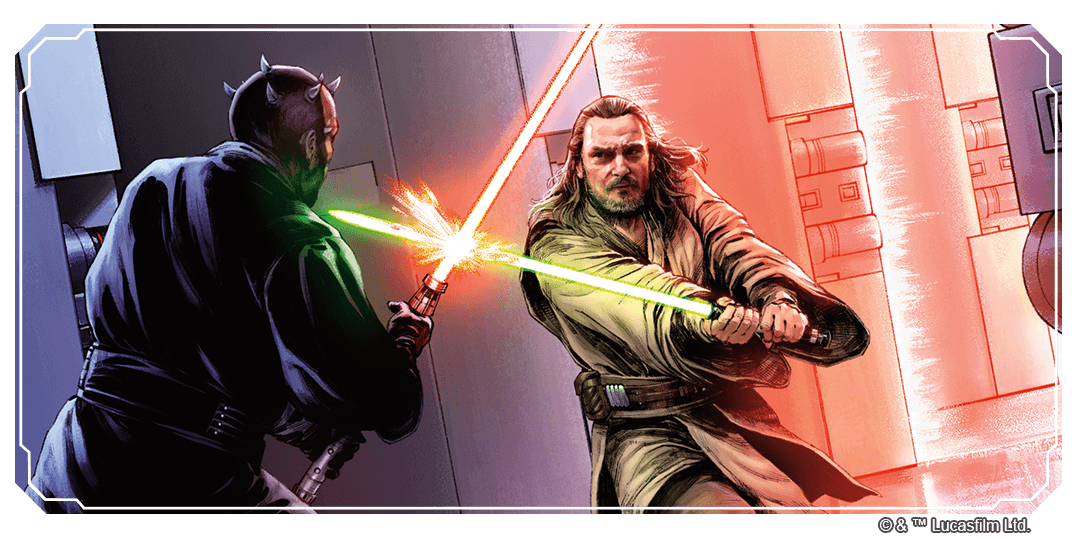
Ultimately, we would change the default triggering condition from “play a Force unit” to “attack with a Force unit.” One of the things we found while trying to design with the mechanic was that requiring every unit that used the mechanic to wait until they attacked meant both that our Force payoffs were hard to utilize and that our common “Force matters” cards were using up all of the common complexity budget. We needed to be able to make common units that used the Force when they were played, which meant we needed to find a new way to gain the Force that relied on putting Force units into your deck.
The first attempt was very straightforward: each round, during the regroup phase, a player would gain the Force if they controlled a Force unit. It meant that more expensive Force units (the ones more likely to be fan-favorite characters) were now that much more important as they were more likely to stay in play for longer. It also meant that a player could only spend the Force once each round, which allowed the payoffs to be more powerful and exciting. But it removed almost all of the fun sequencing puzzle of the previous version, while also making it almost impossible for the opponent to interact (one of the primary developmental goals for Legends of the Force was that we wanted more units to be in play during games, so “don’t let your opponent have units in play” was not a form of interaction we wanted to support). This was eventually supplanted by “attack with a Force unit,” which allowed us to keep both the sequencing puzzle of the first version and the ability to spend the Force when a unit was played so that they could have a more exciting, immediate benefit upon hitting the table.
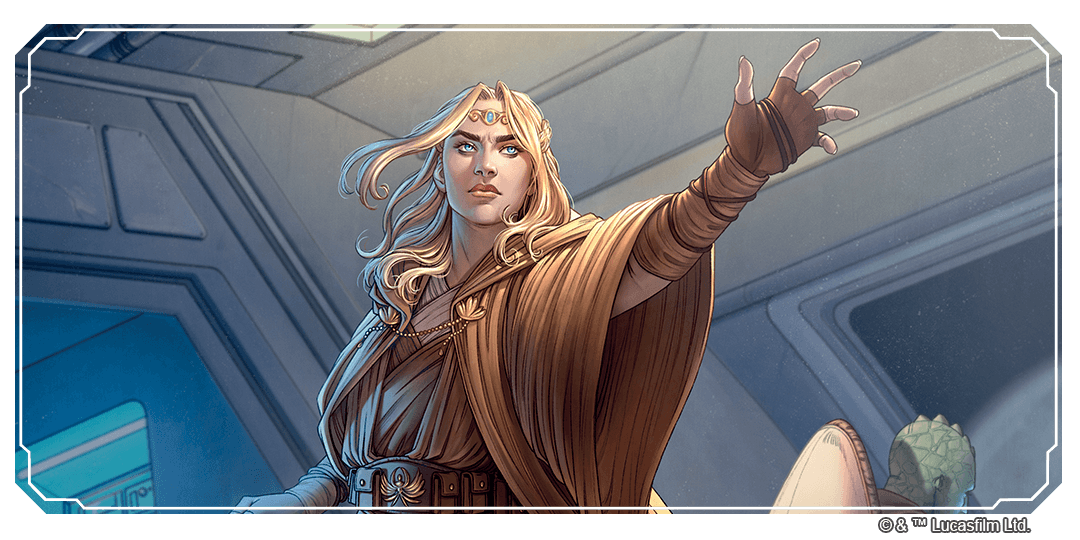
A great deal of effort went into developing this final version of the mechanic. Between Hidden, Shielded, and Ambush, the set’s design team was able to provide a wide variety of ways to help Force units survive until their first attack if their board was being suppressed by their opponent. The heavily HP-skewed nature of the set, which was done both to address larger metagame concerns and to help ensure players could use the set’s new mechanic, meant that there was a greater need for ways to stabilize with midgame bodies. The balance between the set’s Creature subtheme and the necessary distribution of Force units was its own puzzle to unpack for the set’s designers. Ultimately, the Force would end up as an engine-building mechanic that a player could opt into in order to unlock powerful effects while still playing many of their favorite characters.
Looking to the Future
Ultimately, we learned a lot from our experiments with designing a mechanic for the Force. I’m sure it won’t be the only Force mechanic we make—it’s too important to Star Wars to only highlight intermittently—but this one turned out extremely fun and satisfying. It’s so cool to see how players engage with the Force engine in their own way: which payoffs are they playing with, and how are they approaching the puzzle of how to get their token consistently? I’ve seen a wide variety of Force decks throughout design and development of this (and future) sets, and I’m even more excited to see what you, the players, will brew up now that the set is fully in everyone’s hands.
May you feel inspired to try something new.
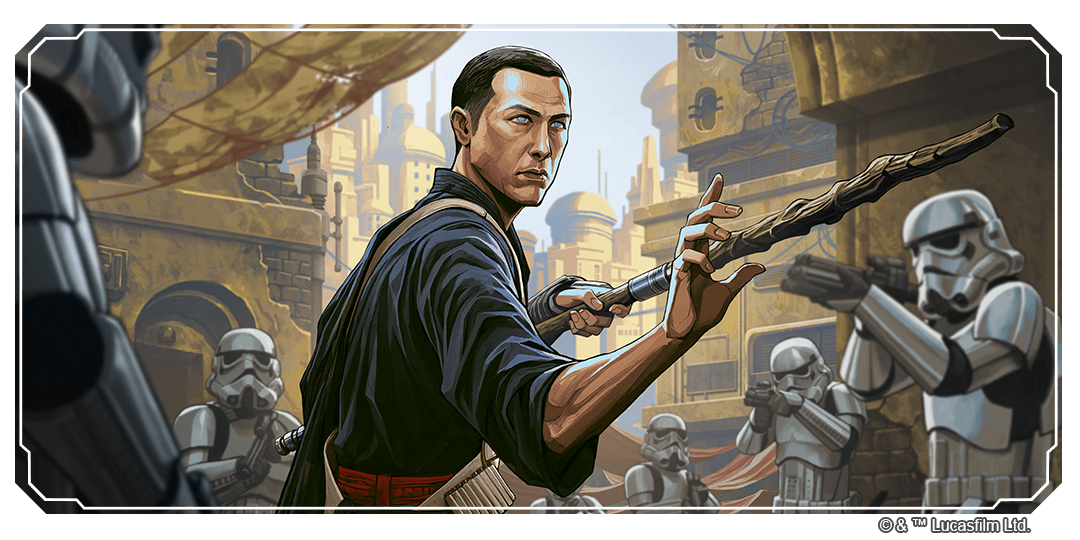
Share This Post

